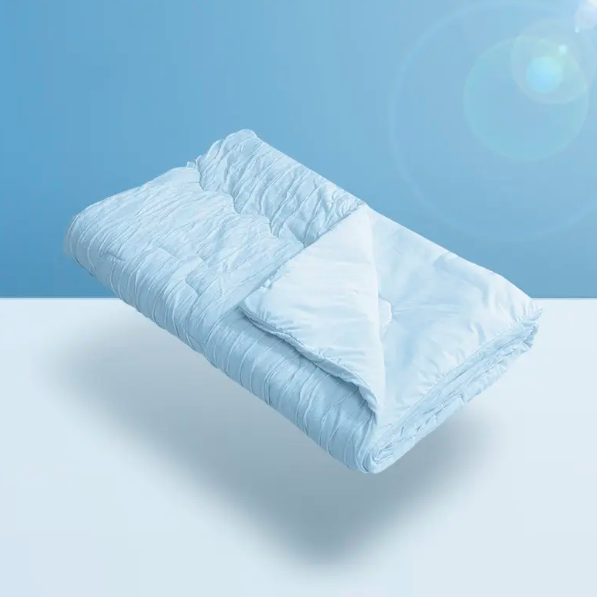Cooling blankets have become a breakthrough innovation in medical technology, providing a safe and effective way to regulate body temperature. This article takes an in-depth look at the concepts and functions of cooling blankets, highlighting their importance in a variety of healthcare settings and their significant benefits to patients.
The science behind cooling blankets
Cooling blankets work on the principle of conduction. Blankets consist of a network of tubes or channels that circulate cooling fluid or air to transfer heat from the body to the external environment. By maintaining a controlled and consistent temperature, cooling blankets can prevent hyperthermia (increased body temperature) and provide relief for patients with fever or heat-related symptoms.
Applications in medical environments
The applications of cooling blankets range into medical settings. In emergency medicine, these blankets are often used to treat severe heat stroke or to quickly lower body temperature during resuscitation. During surgical procedures, cooling blankets can help reduce post-operative fever and inflammation, promote faster recovery and minimize the risk of complications. In addition, cooling blankets are frequently used in NICUs to prevent and control hyperthermia in newborns and ensure their safety and well-being.
Treatment effect
Cooling blankets have a variety of therapeutic benefits. By lowering body temperature, these blankets can reduce the discomfort associated with high fever, allowing patients to rest and recover more easily. Additionally, cooling blankets have been proven to be effective in reducing inflammation and pain caused by muscle injuries or chronic conditions such as arthritis. Athletes and sports teams also utilize cooling blankets as an integral part of recovery regimens to speed up the healing process and minimize post-workout muscle soreness.
Enhance patient safety
Patient safety is paramount in medical care, and cooling blankets play an important role in ensuring safe and controlled temperature regulation. The blanket has built-in safety features such as temperature sensors and alarms that automatically monitor and regulate the cooling process to prevent overheating or overcooling. Additionally, cooling blankets are designed to be non-toxic and non-allergenic, mitigating any potential harm or adverse reactions to patients.
Advances in cooling blanket technology
Advances in technology have further improved the efficiency and availability of cooling blankets. Modern cooling blankets feature adjustable settings that allow medical professionals to adjust the temperature to the needs of individual patients. Additionally, some blankets even have integrated remote monitoring capabilities, allowing healthcare providers to remotely monitor a patient's temperature and make necessary adjustments as needed.
in conclusion
The development of cooling blankets has revolutionized temperature regulation in various medical settings, providing a safe, reliable and efficient solution for managing hyperthermia and promoting patient comfort and recovery. Their versatile applications in emergency medicine, surgery, and neonatal care highlight the wide range of benefits they offer. As technology continues to advance, cooling blankets continue to evolve to ensure greater precision, patient safety, and therapeutic outcomes in the future.
Post time: Sep-18-2023



